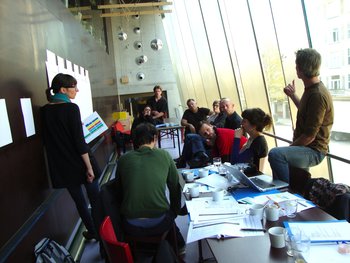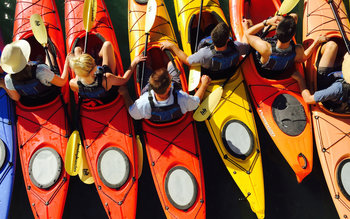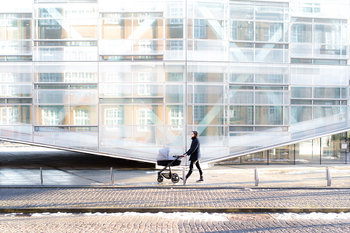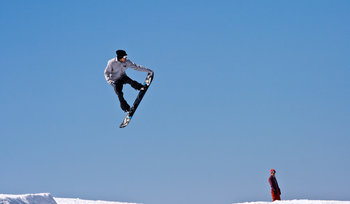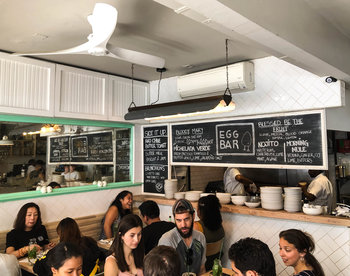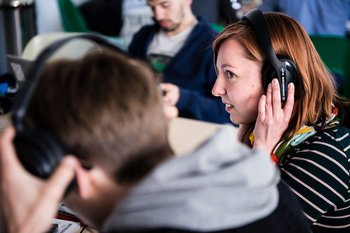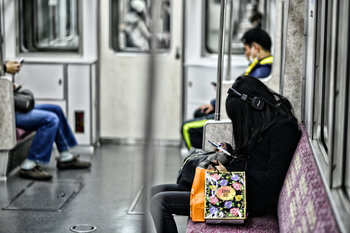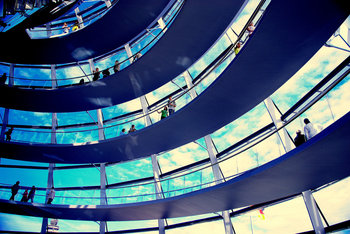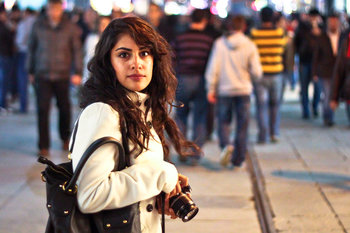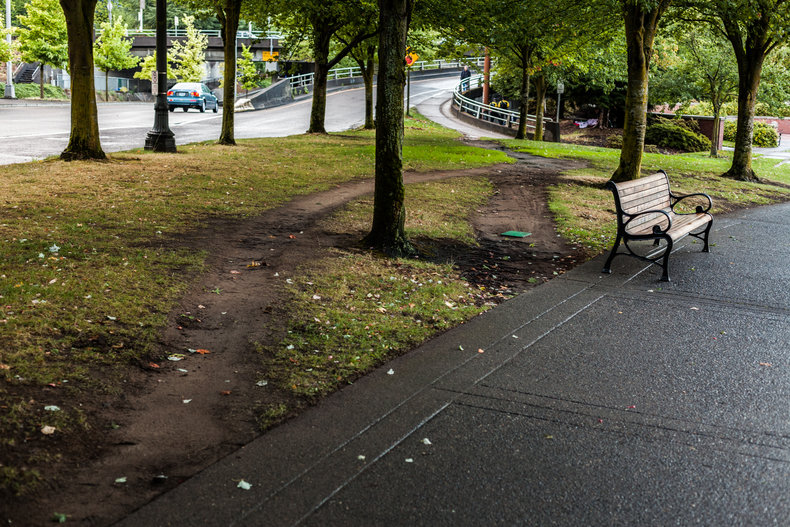
Design Failure
Desire paths are commonly used as an example of design that fails to consider user experience. This is often a fair analysis. However, in some cases desire paths violate reasonable design principles. For example, they may ignore property rights or cross roads at a dangerous point.Natural Paths
Desire paths may be more useful and visually appealing than alternatives such as paved walkways. For example, a natural path through a playfield avoids destroying the field for recreation such as soccer.Design by Desire Path
It is possible to leave a property without sidewalks until desire paths form and then pave them. This effectively allows pedestrians to design their own sidewalks.Prevention
In many cases, designers have objectives beyond paving the most convenient routes for pedestrians. For example, a nature area may want to minimize the land footprint of trials to avoid fragmenting wildlife habitat. Prevention of desire trails may involve information campaigns, signs and barriers.Path of Least Resistance
It is common to use the human tendency to take to path of least resistance in design. This may be intended to achieve commercial objectives. For example, a gift shop that offers the shortest path out of a museum.| Overview: Desire Path | ||
Type | ||
Definition | A path that is carved into the ground by foot traffic. | |
Also Known As | Desire lineSocial trailHerd pathCow path Bootleg trail | |
Related Concepts | ||



